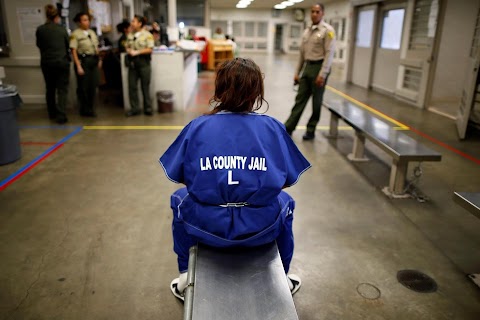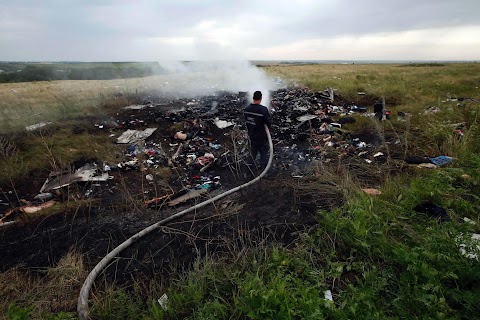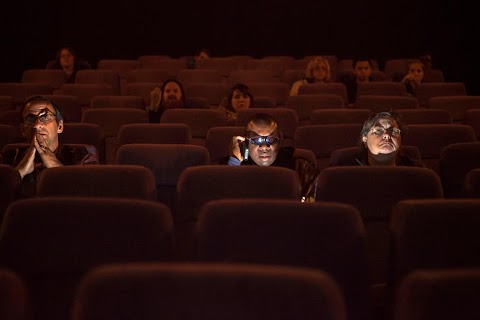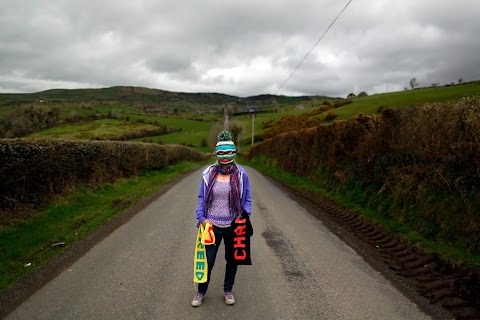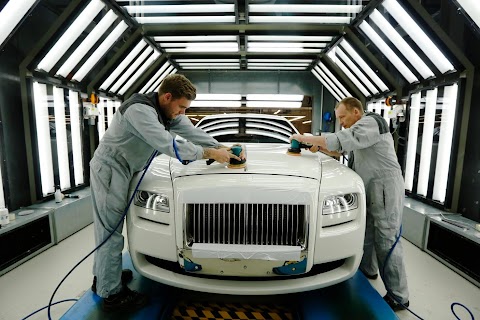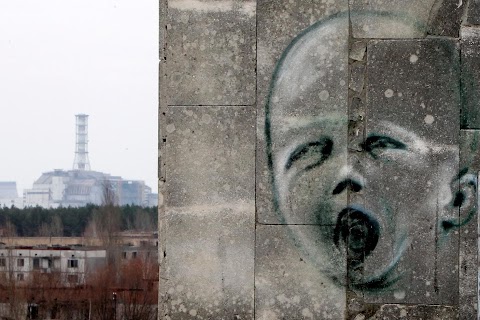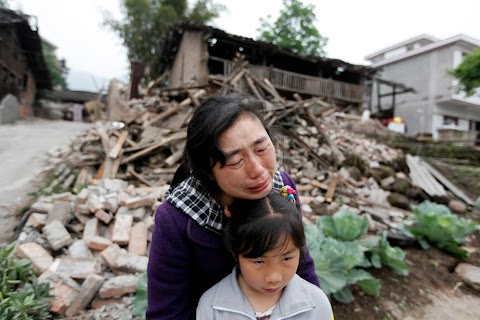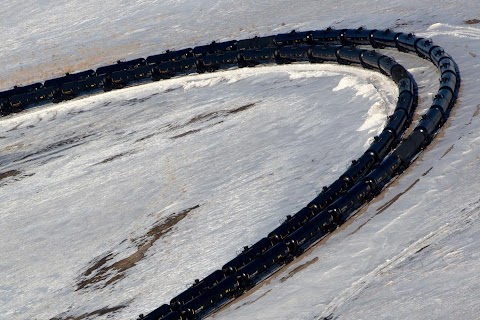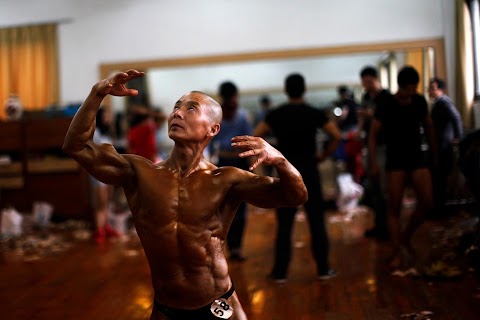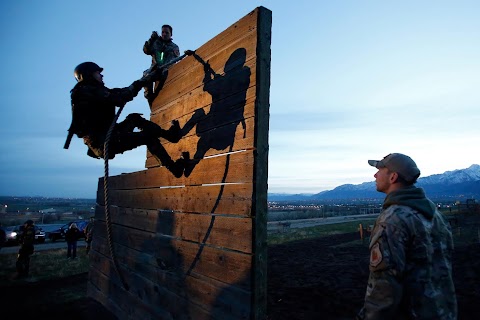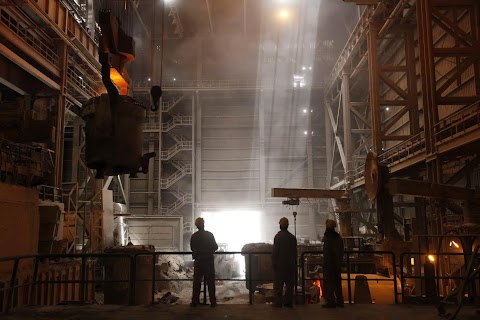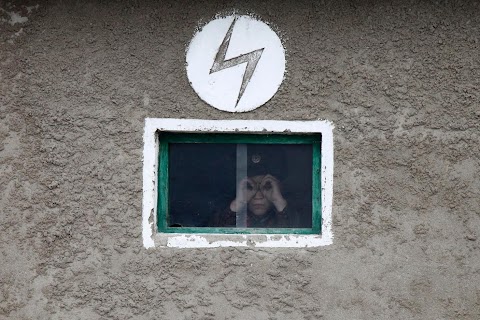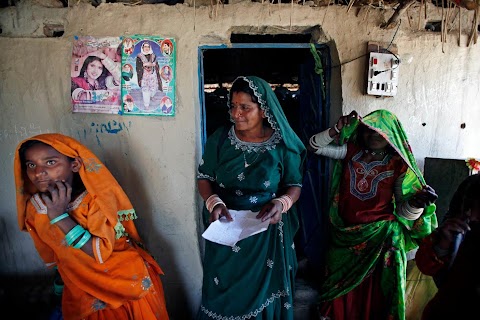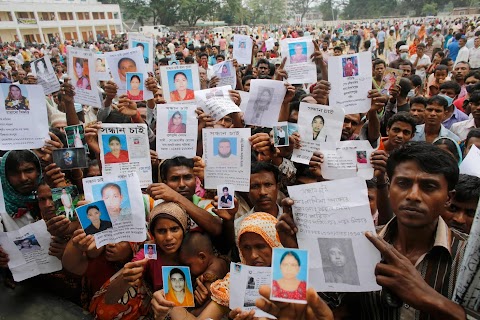
Anger and grief after building collapse
 Andrew Biraj
Andrew Biraj
Relatives mourn as they hold up pictures of garment workers believed to be trapped under the rubble of a building that collapsed on April 24 on the outskirts of the Bangladeshi capital.
Over a thousand people have been confirmed dead after the fall of the eight-storey block, which housed factories making clothes for Western brands.

A man argues with a police officer as he holds out a picture of a missing garment worker during a protest demanding capital punishment for those responsible for the building collapse.
According to officials, the fallen eight-storey complex was built on swampy ground without the correct permits, and more than 3,000 workers - most of them young women - entered the building on the morning of April 24 despite warnings that it was structurally unsafe.
By May 11, 1,089 people had been confirmed dead, and rescue officials said they were unlikely to find any more survivors among the ruins.

Garment workers batter the gate of a factory during a demonstration calling for the death penalty to be given to the people responsible for the disaster.
So far, eight people have been arrested in connection with the collapse - four factory bosses, two engineers, building owner Mohammed Sohel Rana and his father, Abdul Khalek. Police are looking for a fifth factory boss, David Mayor, who they said was a Spanish citizen.

The building’s owner Mohammed Sohel Rana is transported away by helicopter after he was arrested in the border town of Benapole, where he was apparently trying to flee to India.
The following day, Bangladeshi lawyers and protesters chanted "hang him, hang him" as Rana was led into court dressed in a helmet and bullet-proof jacket.
Slideshow

Pakhi Khatun, a 30-year-old garment worker rescued from the rubble 36 hours after the factory building collapsed, lies on a bed at Enam Medical College. Both her legs had to be amputated as she was freed.

Thirty-five-year-old Rupali, another garment worker, lies on a bed at the medical college after being rescued from the rubble 24 hours after of the building fell. She said she used to earn 4,500 Taka ($56.25) per month.

A relative sobs as he holds up a picture of a missing worker during a protest calling for capital punishment for those responsible for the disaster.

A man holds a picture of a garment worker as he sits in front of the rubble of the collapsed building.

People mourn by the remains of their relatives, who died inside the fallen block.

Rescue workers look for victims trapped amongst the debris.

Rescuers carry a garment worker, who was pulled alive from the rubble.

Relatives of workers who were inside the building when it fell gather around a truck carrying dead bodies.

Men attempt to rescue garment workers from the rubble.

A woman is pulled out of the collapsed building.

A nurse waits inside an ambulance, ready to ferry away injured workers rescued from the wreckage.

A rescue worker rests amongst the debris of the fallen building.

Another rescue worker prays at the scene of the collapse.

Rescuers help a colleague who was injured in a fire that broke out in the debris, triggered by sparks from cutting equipment used to help free survivors.

Lights glow as rescue workers attempt to save victims from the rubble.
